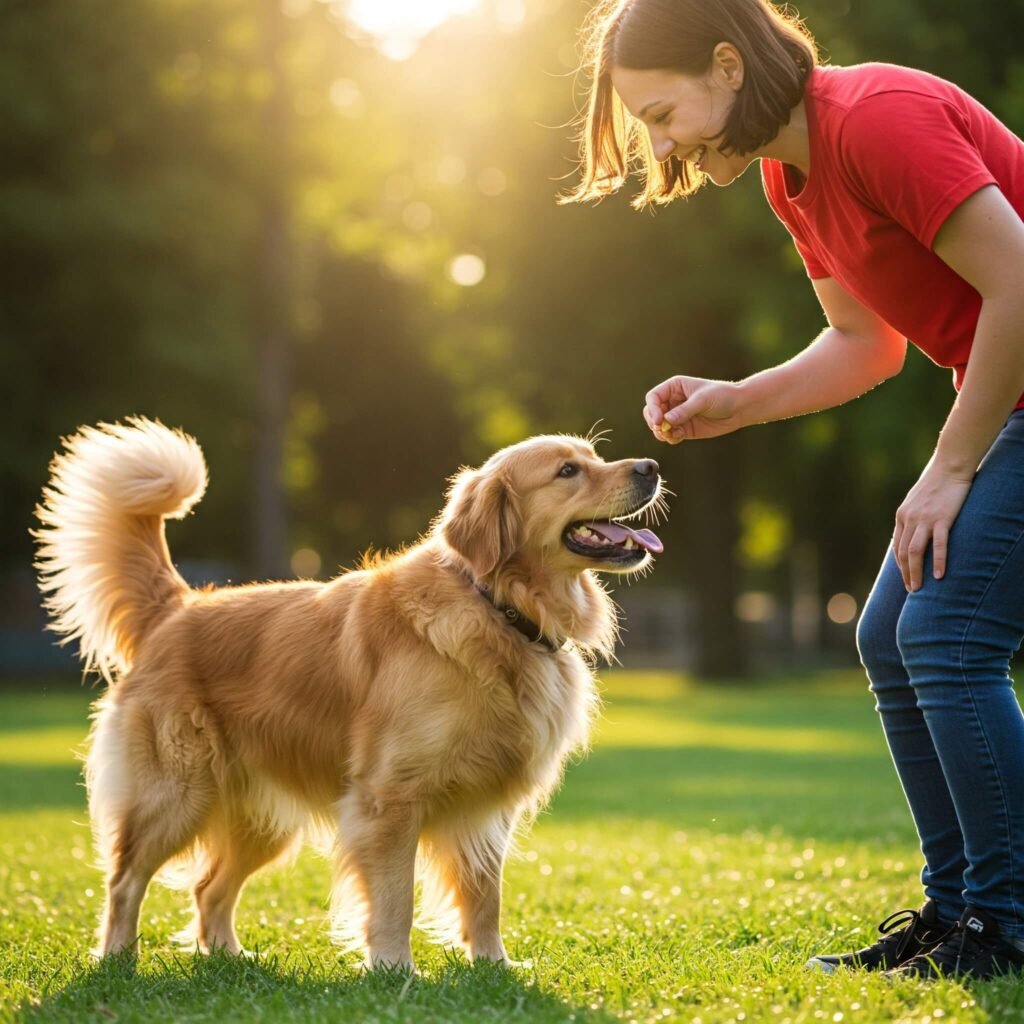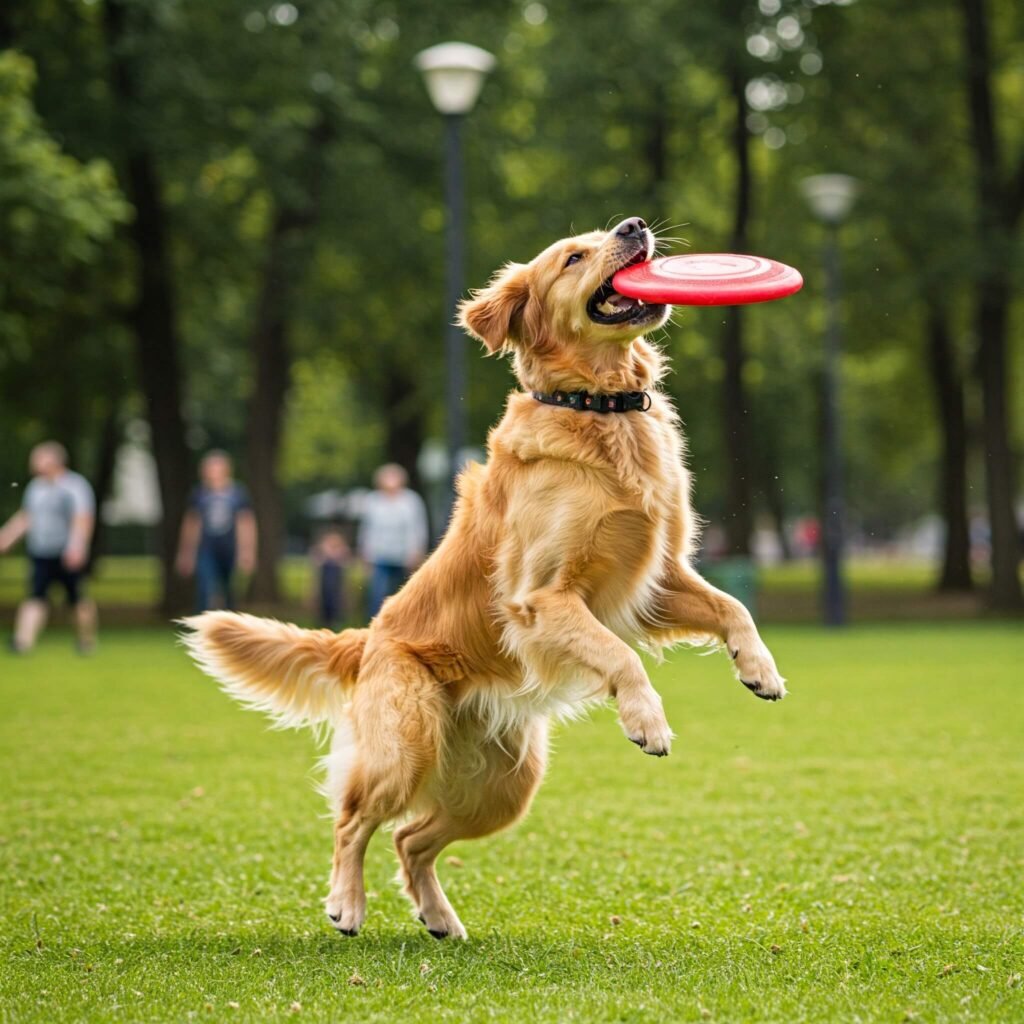Why Pet Behavioral Training Is Essential
A well-mannered pet makes life more enjoyable and strengthens your bond. Behavioral issues, like aggression or anxiety, can strain relationships and even lead to rehoming, with over 20% of pet surrenders tied to behavior problems, per the American Society for the Prevention of Cruelty to Animals (ASPCA){target=”_blank” rel=”noopener”}. Pet behavior training addresses these issues, promoting a peaceful household.

Top 10 Pet Behavioral Training Tips
Here are 10 expert tips to ensure your pet is well-mannered:
1. Start Early with Pet Behavioral Training
Begin training puppies or kittens as soon as they join your home. Early habits stick, reducing future issues, according to PetMD{target=”_blank” rel=”noopener”}.
- Example: Sarah’s puppy, Max, learned to sit by 10 weeks, making further training easier.
outbound link:- Puppy Socialization and Training Tips
2. Use Positive Reinforcement in Pet Training
Reward good behavior with treats, praise, or play. Positive reinforcement encourages repetition, per Banfield Pet Hospital{target=”_blank” rel=”noopener”}.
- Tip: Use small, low-calorie treats to avoid overfeeding.
outbound link:- American Society for the Prevention of Cruelty to Animals (ASPCA)
3. Be Consistent with Pet Behavioral Training Rules
Set clear rules and stick to them. Inconsistent commands confuse pets, slowing progress, as noted by VCA Animal Hospitals{target=”_blank” rel=”noopener”}.
- Real-World Case: Jake’s dog, Bella, stopped jumping on guests after consistent “off” commands.
outbound link:- The Importance of Consistency in Dog Training

4. Socialize Your Pet for Better Behavior
Expose your pet to people, animals, and environments early to reduce fear or aggression. The American Animal Hospital Association (AAHA){target=”_blank” rel=”noopener”} recommends socialization by 12 weeks for puppies.
- Tip: Start with calm settings, like a friend’s home, before busy parks.
5. Teach Basic Commands in Pet Behavioral Training
Commands like “sit,” “stay,” and “come” build control and safety. PetMD{target=”_blank” rel=”noopener”} suggests 5-10 minute daily sessions for best results.
- Example: Lisa’s cat, Luna, learned “come” for safe recall during playtime.
6. Address Unwanted Behaviors Promptly
Correct issues like barking or chewing immediately with redirection or commands. Ignoring problems can reinforce bad habits, per ASPCA{target=”_blank” rel=”noopener”}.
- Tip: Offer chew toys to redirect destructive chewing.
7. Exercise Supports Pet Behavioral Training
Physical activity reduces anxiety and boredom, which fuel bad behavior. Banfield Pet Hospital{target=”_blank” rel=”noopener”} recommends 30-60 minutes of daily exercise for dogs.
- Real-World Case: Tom’s dog, Milo, stopped digging after daily walks increased.

8. Crate Training Enhances Pet Behavior
Crate training provides a safe space and aids housebreaking. VCA Animal Hospitals{target=”_blank” rel=”noopener”} advises gradual introduction to avoid stress.
- Tip: Make the crate cozy with blankets and toys.
9. Seek Professional Help for Pet Behavioral Training
For persistent issues, consult a certified trainer or behaviorist. AAHA{target=”_blank” rel=”noopener”} lists accredited professionals for tailored solutions.
- Cost Insight: Training sessions cost $50-$150, but pet insurance from Trupanion{target=”_blank” rel=”noopener”} may cover behavior consultations.
10. Practice Patience in Pet Behavioral Training
Training takes time, and every pet learns at their own pace. Stay calm and persistent, as stress can hinder progress, per PetMD{target=”_blank” rel=”noopener”}.
- Example: Sarah’s cat, Milo, took weeks to stop scratching furniture but succeeded with patience.
Actionable Steps for Pet Behavioral Training
Create a well-mannered pet with these steps:
- Set a Training Schedule: Dedicate 10-15 minutes daily to practice.
- Use High-Value Rewards: Choose treats your pet loves for motivation.
- Involve the Family: Ensure everyone enforces the same rules.
- Monitor Progress: Track improvements and adjust techniques as needed.
- Consult Experts: Reach out to trainers via ASPCA{target=”_blank” rel=”noopener”} for guidance.
Conclusion: Master Pet Behavioral Training for a Happier Home
Pet behavior training turns your dog or cat into a polite, joyful companion. By using positive reinforcement, consistency, and patience, you can address unwanted behaviors and build a stronger bond. Start implementing these 10 tips today and enjoy a well-mannered pet for years to come!

